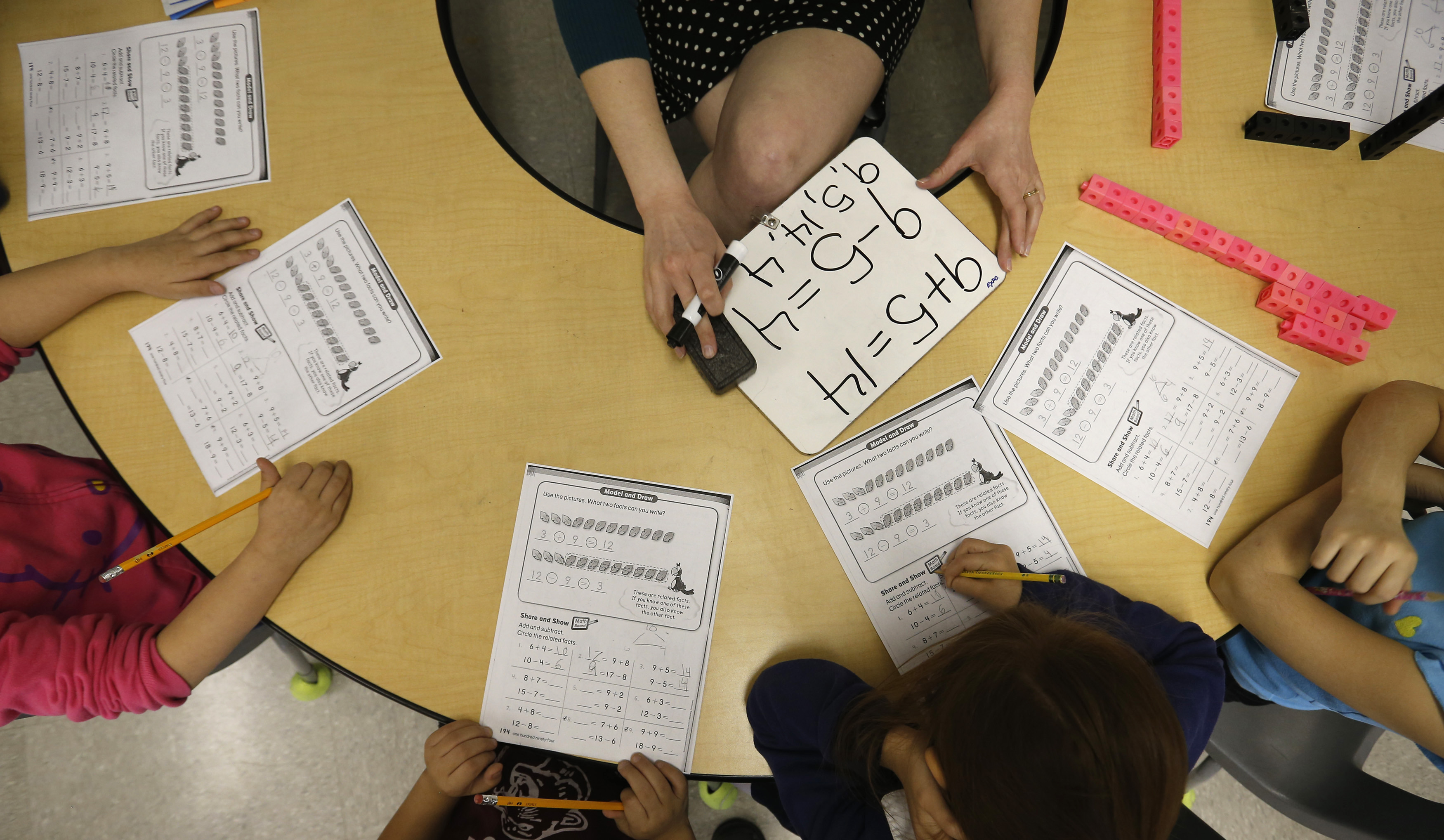
Early childhood education in the United States is tangle of options—varying in quality, price, structure, and a range of other dimensions. In part as a result, children start kindergarten having had very different experiences in care and very different opportunities to develop the skills and dispositions that will serve them well during school. Systematic differences across groups by income, race, ethnicity, home language, and geographic location are particularly troubling because inequalities that appear early are often sustained through school and affect prospects throughout life.
Convincing research has demonstrated that high-quality early childhood programs can reduce these differences across groups.[1] A few small programs have demonstrated strong positive effects throughout the life cycle, but even some large-scale programs, such as those in Boston and Tulsa have shown effects on math and reading learning.[2] These positive results combined with evident need have led to substantial public investment in early childhood education. State spending on preschool more than doubled between 2002 and 2016, from $3.3 to $7.4 billion (constant 2017 dollars).[3]
However, a range of research also shows that many early childhood programs do not have positive long-term effects. For example, as discussed in an early Evidence Speaks brief, the Tennessee Voluntary Prekindergarten Program showed some positive effects for children as they finished their pre‐k school year; but, these positive were largely gone by the end of kindergarten.[4] Program quality likely affects whether programs benefit children and recent investments have focused heavily on quality improvement. The Federal government, for example, invested $1.75 billion between 2011 and 2016 in Race to the Top—Early Learning Challenge and Preschool Development Grants requiring quality-improvement infrastructures and the reauthorization of the Child Care and Development Fund included provisions aimed at increasing quality in the child care sector.[5]
Governments have several options in trying to improve quality. Regulations—a form of direct control—are one option that have been used widely in both early childhood and K-12 education. With regulations, governments set minimum class sizes, establish education requirements for teachers and safety requirements for classrooms. Regulations, because they are by nature rigid, tend to set floors on quality instead of pushing towards improvement and making use of opportunities. Other approaches to quality improvement are less consistent but more flexible. For example, local government structures such as school boards are set up to oversee schools with voter accountability, though there is little evidence on how effective they are. School choice is another mechanism aimed to give families some influence over the quality of their schools.
Starting in the early 1980s, states and the Federal government have used outcomes-based accountability with the aim of quality improvement for primary and secondary education. While the K-12 sector in the US is far more centralized than early childhood, it is still one of the more decentralized elementary and secondary education systems globally. Instead of schooling decisions—such as curriculum, instructional approaches, revenues, salaries—being the purview of the national government, each state retains the legal right to most education decisions and, even then, turns many of schooling decisions to local authorities at the district level, many of whom run only one school or a small group of schools. Such decentralization leads to substantial differences in spending, both between and within states, as well as substantial differences in educational offerings. Outcomes-based accountability approaches to improve educational opportunities while retaining some of the advantages of decentralization, particularly incorporating local knowledge, preferences and opportunities into decision making. The results of accountability in K-12 education have been mixed, with some evidence of improvement, especially for programs aimed at accountability at the school level, but also substantial pushback, particularly for narrowing the scope of educational goals.[6] Because outcomes-based accountability in the US has used test scores in math and English language arts as primary measures, for example, schools may focus on these outcomes at the expense of other valued goals.
More recently, outcomes-based accountability has come to preschools in the form of Quality Rating and Improvement Systems (QRIS). QRIS give ratings to early childhood education and care settings based on a variety of measures. Unlike accountability in K-12, these systems tend not to use measures of student test performance since these are far more costly to collect reliably for young children. They include basic measures of resources such as class size and teachers’ educational attainment, but also often include more nuanced observational measures of classroom quality than are common in K-12. The Environment Rating Scale (ERS), for example, is an observation tool used in 30 QRIS states that includes a variety of elements ranging from space and layout to classroom activities and student-teacher interactions. Unlike accountability in K-12, participation in most QRIS systems is voluntary.
Source:-.brookings.
